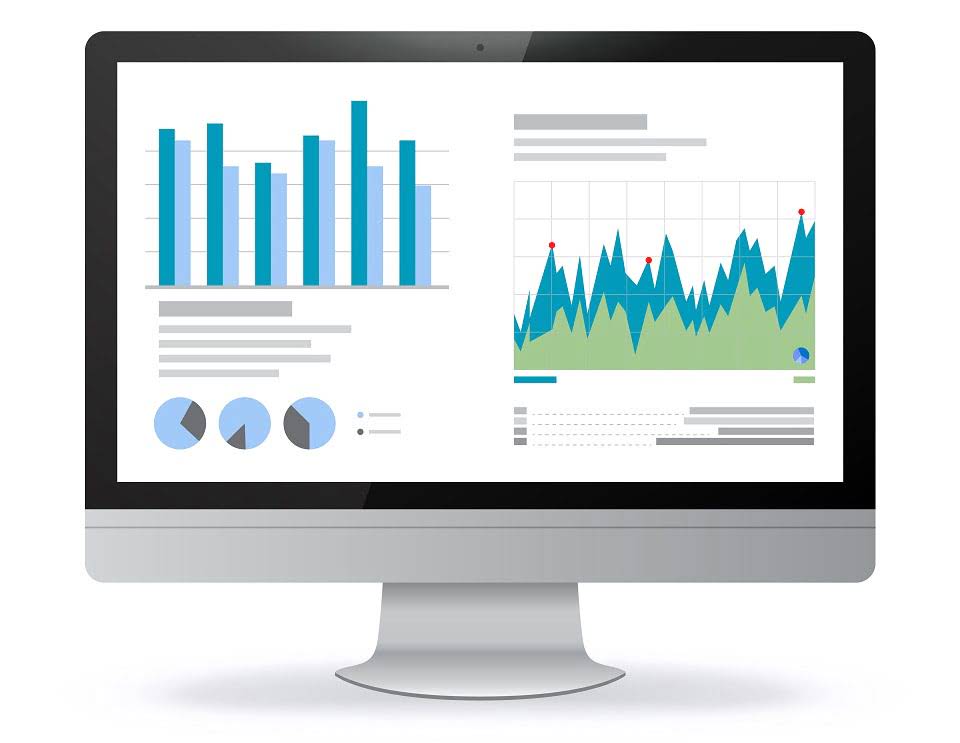-
- 05 Apr
7 Construction Billing Methods & Best Practices

I have heard the industry standard is 10% of the overall project is given to project closeout. One important detail to always include is a reference to the quote or estimate. There shouldn’t be any discrepancies between the invoice and the initial quote or estimate. This provides an easy reference and shows exactly how the pricing is determined. There are some other documents commonly paired with or used as an invoice.
How to choose the right method for your business
Upfront payment provides several advantages to contractors since they know they will have the necessary funds before a project begins. However, if there are any unanticipated expenses, they can be left covering the costs themselves since the client has already paid. This financial tool measures how well a construction company manages and generates cash to pay its debt and fund operating expenses. Sometimes, the cash balance report stems from the profit and loss report from the previous segment. So far in this construction company accounting guide, we have covered payrolls, billing, and revenue recognition. Due to standardized invoicing, tried-and-tested practices, and the language used, AIA billing can speed up payments and reduce the margin of error.
Easy Construction Billing Methods For Contractors & Entrepreneurs

This is huge for job costing since you can look at the true profitability of a specific time period and project. Below we’ll take a look at the four most common methods in construction accounting. This progress billing method allows contractors to maintain positive cash flow throughout the project and reduces the https://www.bookstime.com/articles/quickbooks-accountant need for large upfront payments. Additionally, clients can see the progress made on the project and have greater visibility into the work with progress billing. AIA billing in construction refers to a standardized method of progress billing using forms developed by the American Institute of Architects (AIA).
Billing method #1: Fixed-price billing
In this case, September will look like your most profitable month when in reality, you earned this money in July. First, it’s a great way to record transactions for small businesses that mainly deal with and operate in cash. You don’t necessarily need to implement extensive accounting practices or bring on financial experts to get by. A set price is agreed upon and paid in a single instalment – either before the project begins or after completion. Construction companies can streamline the billing process, reduce errors, and improve cash flow using reliable and efficient invoicing software, such as Moon Invoice. The platform enables professionals to explore numerous free billing templates to enhance invoicing and the overall billing process.
- AIA-style billing is ideal when maintaining regular cash flow as crucial as accurately reporting project progress.
- Owners who are not that familiar with the contractor may prefer a more open-book billing method that allows them to see what costs and profits there are for the contracted work.
- More than keeping payment terms short and fair, look outside of the terms.
- With proper job costing and planning, however, you can take more control of your profitability no matter the method used.
- When push comes to shove, it’s important that a construction business understands what tools are available to help recover payment.
- Furthermore, since every cost needs to be justified, disputes over what qualifies for reimbursement can arise, complicating the relationship between contractor and client.
- Under the completed contract method, contractors can defer taxes until the ongoing project is contractually complete.
Disadvantages of Unit Price Billing
Construction Industry Suffering From Payment Delays – PYMNTS.com
Construction Industry Suffering From Payment Delays.
Posted: Mon, 29 Jan 2024 09:04:47 GMT [source]
As a result, the net amount of the invoice reflects the actual amount in dollars the client owes you. If you do this, you allow breathing room in between phases, tasks, and projects. In fact, this technique will make your everyday workload more manageable. In fact, properly backed-up record-keeping protects the company against theft or embezzlement from within the business itself.
Invoice follow-up
- This method is straightforward, and the client knows the total cost upfront.
- Bonus points if the online data is visible to all parties so discrepancies can be avoided completely by everyone being on the same page.
- Time and materials billing is used for small contracts and self-perform work.
- In AIA-style progress billing, contractors prepare and issue invoices according to a predetermined schedule of values that breaks down the project into measurable segments.
- It also means you bill your clients about the value you are adding by building whatever is demanded.
This billing approach is best suited for more extensive, long-term projects where the scope involves multiple stages and complex deliverables. It’s particularly useful when precise, regular financial oversight is necessary and the project demands a structured approach construction billing methods to revenue recognition. AIA-style billing is ideal when maintaining regular cash flow as crucial as accurately reporting project progress. In summary, while unit pricing offers clarity and flexibility, it requires careful management and detailed documentation.

If a project grows in scope, contractors can bill additional units as needed. For example, you can pay for certain materials, such as dirt, through a unit price since it can be tough to estimate the exact amount you’ll need at the start of a project. The basic procedure will see contractors estimate how much time, labor, and materials will go into a project according to the project’s scope of work. You should then prepare a well-thought-out budget that accounts for all costs that you expect to incur throughout the project.
Common reports in construction accounting
The bank may put an unexpected stop on construction payments because billing requirements haven’t been met, leaving the GC with interrupted cash flow and spelling disaster for the project. Depending on contract stipulations, payment terms may allow for 30, 60 or 90 days between billing and payment. General contractors should ensure that whatever payment terms they receive are mirrored in the contracts with their subcontractors. Having to pay a subcontractor within 30 days when a progress payment may not come for another two months could impact cash flow and prove detrimental to the project as a whole.

